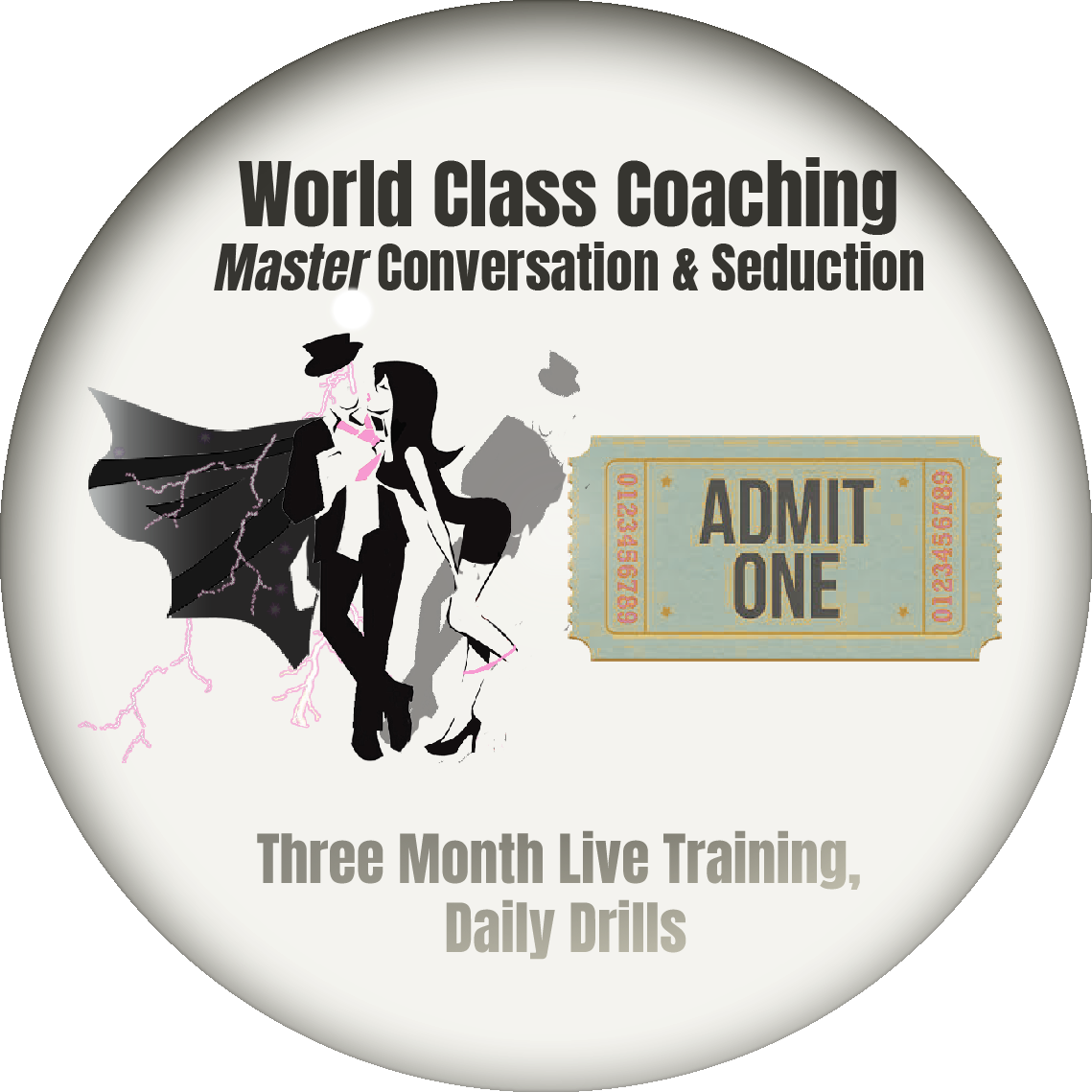“Regressive” Or Late-Onset Autism Is A Result Of “Pain Medication” (Opiates) Given To Young Children During Early Sensory Motor Development
December 7, 2023
As there’s been a recent concerted effort to hold drug manufacturers responsible for the dangerous effects their benzene ring opiate-based “medicines” have had on children, including Texas’ AG Paxton’s lawsuit targeting the use of quillivant/ritalin to “treat” ADHD in children (targeting young boys especially, i.e. the next generation of America’s defenders), I hope I can now safely point out what’s been causing the late onset of autism in otherwise healthy, normally developing children without it being used by evil nefarious forces to instead more effectively spread autism. Since first publishing my work revealing the root neural mechanics of autism as a lack of postnatal innervation of the neural pathways responsible for proper reflexive sensory motor development, there’s been an influx of social media and big tech search results pushing birthing practices that give rise to autism rather than preventing it. It’s been the same thing in Hollywood cinema and television. No crying in the delivery room, no “disturbing” the newborn. Rates of autism have jumped drastically even in the last few years. There has been a concerted effort to rob these newborns of their birthright as human beings. Autism is in essence a lack of individualism, consciousness, and self-identification. Even high-functioning autists typically refer to themselves in the third-person and have a hard time learning to identify and view themselves as individuals.
It is not a coincidence that this is the desired end result of communism. Communism seeks the removal of individuality and self-determination. The autism epidemic has been one of the most effective and longstanding efforts to give birth to and spread communism in the United States of America and around the world.
However one of the biggest quandaries I faced when outlining the neural pathology of autism (or lack thereof) was the relationship between the condition and the venipuncture associated with vaccinations in small children and infants. Especially when considering that vaccinations provide a singularly effective source of nociceptive stimulation for the triggering of healthy postnatal neural development. So what could be preventing the same effect and response in other children when getting a needle in the arm obviously provides major physical stimulus resulting in reflexive response as well as the baby’s cry and the subsequent necessary physical analog feedback loop between the baby’s cry and its sense of hearing?
To reiterate, the physical analog feedback loop between a baby’s cry and its sense of hearing provides for the baseline physics of human sensory integration with the external environment. The question that medicine and biology had previously failed to identify, much less answer, was how infants initially developed sensory integration with the physical environment from postnatal zero. The answer to this question is the post birth innervation and maturation of the “auditory pathway.” Beginning with the membranes in the inner ear (utricle and saccule), and travelling along the vestibulocochlear nerve before ending in the auditory cortex of the temporal lobe, the auditory pathway provides the initial spatial tonotopic encoding of the external environment. A baby can put out a signal (its own cry) and listen to and learn from the minute changes in the signal (sound waves) bouncing back from the environment. Human sensory integration with the external environment begins with a form of echolocation before our sense of vision takes over. Vision is a top-down, conscious process. Hearing is a bottom-up, instinctual process. The membranes in the inner ear are also responsible for the development of proprioception, the awareness of our limbs in space in relation to our head. This is how a human learns to shift its limbs and weight around while accounting for the weight of its head, thus learning to sit up, crawl, walk and run.
So if physical stimulus is enough to trigger these reflexive sensory motor pathways to begin their full maturation process upon birth, what’s so different about these children that prevents normal development, or in the case of these previously healthy children, to experience a neurodegenerative effect resulting in autism?
The answer to this essential question is.. the Opioid Epidemic.
Whereas the effects of the opioid crisis have been highly noticeable in older populations, young children are a highly vulnerable constituency with zero advocacy, as they simply don’t know what’s going on. It is a horrid form of predation on a distinctly vulnerable population that literally lacks a voice. Vaccines and autism are not directly causally related. It’s opiates in the form of aspirin, acetomenophen, paracetamol, ibuprofen, and other benzene ring containing medications that are causing the neurodegenerative effects in the early sensory motor development stages of infants and young children. Ignorant and naive parents, mostly mothers, are being told by medical professionals to give their children aspirin or tylenol or ibuprofen to deal with the fussiness and pain of vaccinations. These pain medications are interfering with and even backtracking typical neural sensory development.
The effects of opioids on learning and long-term potentiation in adults is already documented, but the effect on children is even more acute. What’s rather telling is if older parents or generations are asked if they ever gave their young children aspirin or other pain medications, they will angrily exclaim, “Of course not!” There is a healthily strong negative reaction to the idea of giving pain medication to young children in older generations that seems to be lacking in younger generations of parents.
I recently corresponded with Tracy Slepcevic, the author of “Warrior Mom: A Mother’s Journey in Healing Her Son with Autism” and she detailed some of the telltale signs of an impending neurodegenerative condition that resulted in a regressive form of autism. The symptoms to look out for are chronic ear infections, faltering equilibrium, and listlessness. Chronic ear infections in young children are a significant factor, and are obviously linked to a developing auditory pathway. I’ve spoken to multiple medical professionals that detail otherwise healthy children experiencing chronic ear infections before waking up on the “other side”, as regressive autism is colloquially referred to. But the bottom line is this: do not give pain medication, including aspirin, to your young children.
The foreword for Tracy Slepcevic’s book was written by Dr. Andrew Wakefield, the doctor notoriously known for claiming a direct causal link between the MMR vaccine and autism.
Here is a quote from Dr. Wakefield:
“So finally, in summary, we have an environmental insult in perhaps a genetically susceptible child. The problem is that if you go to Sweden now, autism affects over 1.2 percent of the pediatric population. So if there is a genetic background, it is clearly widely distributed within the population. We believe that in many children, clearly, the subset of autistics, it leads to gut infection and damage; that leads to an ingress, an impaired metabolism, degradation of these chemicals from the gut which then get through and impact upon the brain.”
Dr. Wakefield accurately deduced a relationship between the gut biome and the nervous system, but identified it in reverse. The lack of reflexive sensory motor control over smooth muscle function in the digestive tract results in a deficiency in oxygen transport to the gut- which is essential for proper immune function. Without reflexive control over oxygen transport, chronic gut bacterial infections occur. This is a major symptom autists suffer from constantly, and in conjunction with premature birth, can even die from.
It’s clear Dr. Wakefield’s intentions diagnosing the cause of autism were ethically on track; he even deduced the correct relationship between the gut and the central nervous system. He just wasn’t aware of the role of reflexes in controlling these bodily processes and functions, and in particular which environmental factors were responsible for their initial postnatal innervation.




